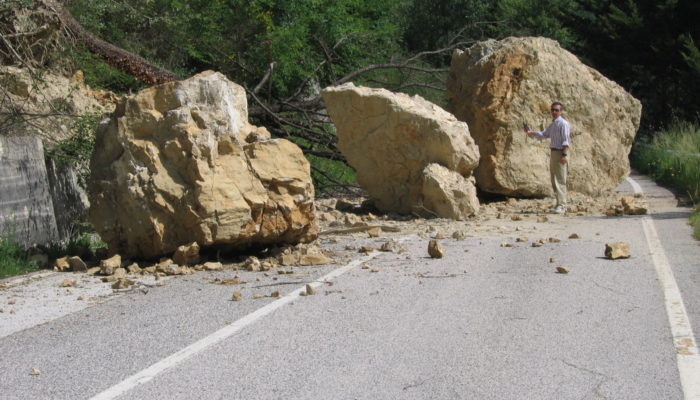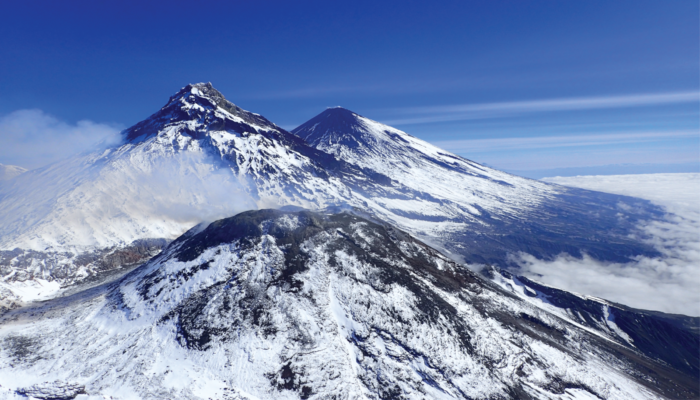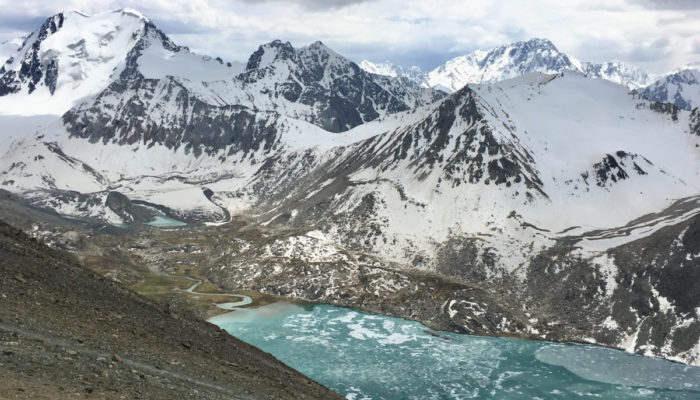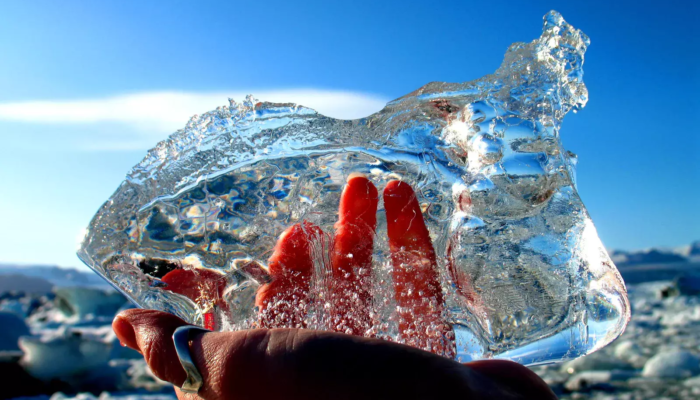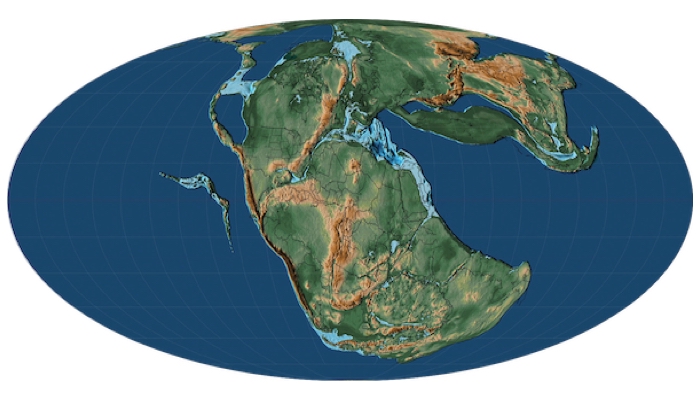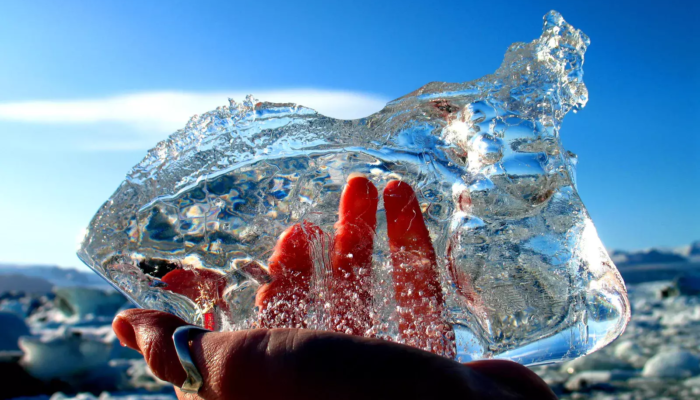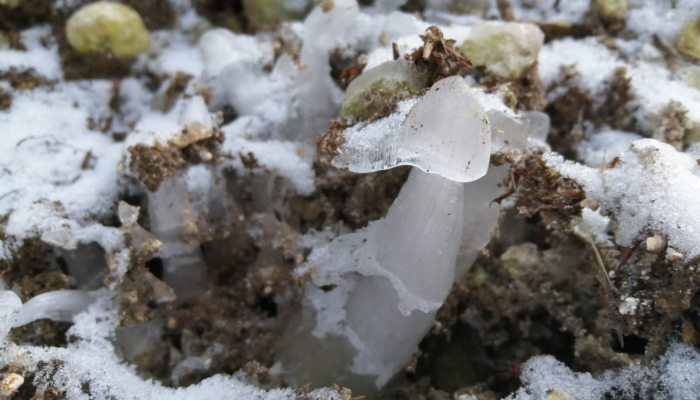Dr Fausto Guzzetti, current Research Director of the National Research Council (CNR) in Italy, has been awarded the 2021 Sergey Soloviev Medal for “his fundamental contributions to the field of natural hazards and his remarkable efforts to link the scientific community and civil protection authorities to mitigate risk for exposed populations”. From his passion for mountains and caves and his “hope ...[Read More]
Geochemistry, Mineralogy, Petrology & Volcanology
We are upgrading the GMPV blog!!
We are looking back to almost 4 years of GMPV blog history which covered a wide range of very interesting GMPV related topics from how experiments can help to understand volcanic eruptions to what role GMPV scientists can play in sustainable development. Within the last year, however, our blog team grew significantly (you can see part of our members here) allowing us to restructure the blog a litt ...[Read More]
Soil System Sciences
Gender Equity in (Soil) Science
Today, as we celebrate International Women’s Day, let’s take a moment to acknowledge our progress in the challenge of reaching gender equity in science, and soil science in particular. Despite the crucial contributions of women, and the fact that an increased gender diversity can contribute to the collective worldwide performance [1], women remain underrepresented and face gender bias in science w ...[Read More]
Cryospheric Sciences
Did you know that glacier mass loss affects water resources?
The picture above shows a typical Kyrgyz summer yurt camp, located in the valley of Altyn-Arashan, Kyrgyzstan. The stream you see flowing through comes from the glacier-fed lake of Ala-Kul, the gorgeous turquoise water featured below. The families who live there during summer have done so for generations, and travel up with their herds of horses and cows. The stream provides the water they need fo ...[Read More]
GeoLog
GeoPolicy: Atmospheric Sciences and Climate: Past, Present & Future Divisions welcome the US back into the Paris Climate Agreement
As of 19 February 2021, the US officially re-joined the Paris Climate Agreement, a landmark international accord to limit global warming by 2°C (and ideally to 1.5°C) compared to pre-industrial levels. The Paris Climate Agreement aims to bring the world together to avoid catastrophic warming that will impact us all and to build resilience to the consequences of climate change that we are already s ...[Read More]
Geodynamics
Paleogeography – A window into past mantle dynamics
Paleogeography refers to the past distribution of landmasses and oceans and gives important insights into the state of previous tectonics. This is a useful cornerstone for many aspects of geodynamics and this week Boris Robert – previously postdoctoral fellow at the Centre for Earth Evolution and Dynamics Oslo (Norway) and currently visiting scientist at GFZ Potsdam (Germany) – tells us how we may ...[Read More]
Atmospheric Sciences
EGU’s Climate: Past, Present & Future and Atmospheric Sciences Divisions welcome the US back into the Paris Climate Agreement
As of 19 February 2021, the US officially re-joined the Paris Climate Agreement, a landmark international accord to limit global warming by 2°C (and ideally to 1.5°C) compared to pre-industrial levels. The Paris Climate Agreement aims to bring the world together to avoid catastrophic warming that will impact us all and to build resilience to the consequences of climate change that we are already s ...[Read More]
GeoLog
Imaggeo On Monday: over 10 years of the EGU Photo Competition
In 2010 EGU held our first annual Photo Competition at the General Assembly in Vienna. Since then hundreds of photos have been shared on imaggeo by geoscientists and researchers just like you, with a lucky few being selected each year to be highlighted during the meeting and voted on by our members. These images can be of anything to do with geology or geoscience – we get many beautif ...[Read More]
Geodynamics
First time… publishing a paper
I can’t speak for anyone else, but finally getting a paper through comes with the great satisfaction of not having to deal with the project anymore. There’s a sense of relief, hope, and maybe excitement that the time that is now freed up can be used on other, new projects. Anyway, I am currently still in this honeymoon period so please don’t ruin it by telling me it will end soon. After recently s ...[Read More]
Cryospheric Sciences
Image of the Week – The mystery of the ice mushrooms
Last week, the EGU Cryosphere Blog (“Cryoblog” for the regulars) team was contacted by a reader who stumbled upon very curious ice formations while taking a morning walk in rural Berkshire, England. This was right after a few nights with below-freezing temperatures and snowfall. He asked us whether we could explain to him what these ice mushrooms were and how they formed. Very curious and always k ...[Read More]

